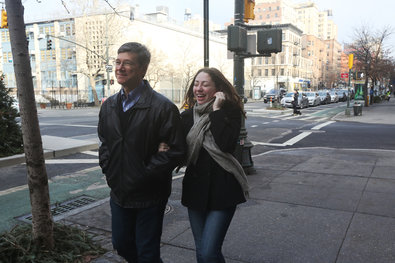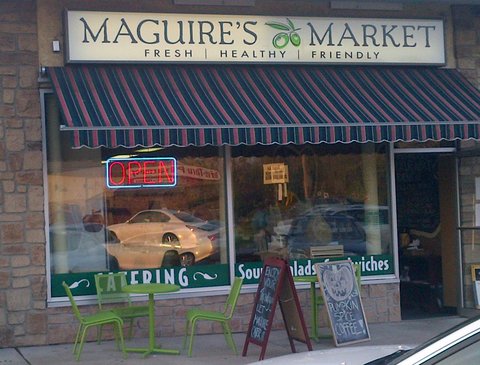The city attorney of San Francisco sued Monster Beverage Corporation, the nation’s biggest maker of highly caffeinated energy drinks, claiming Monday that it was marketing its products to children who might suffer ill effects from them.
In a statement, Dennis J. Herrera, the city attorney, said he had acted because Monster Beverage, unlike some competitors, specifically marketed its products to children and younger teenagers.
“Monster Energy is unique among energy drink makers for the extent to which it targets children and youth in its marketing, despite the known risks its products pose to young people’s health and safety,” Mr. Herrera said on Monday.
The lawsuit, filed in San Francisco Superior Court, aims to restrict the way the company markets its drinks, and seeks civil penalties.
It follows a recent lawsuit against Mr. Herrera by Monster Beverage that seeks to block an inquiry into the company by his office, arguing that he lacks authority to regulate it.
Michael Sitrick, a spokesman for Monster Beverage, called the allegations in the suit filed Monday “demonstrably false,” and said the company, which is based in Corona, Calif., had repeatedly stated that it did not market to children.
Beverage makers typically define children as younger than 12 years old.
Monday’s lawsuit is the latest of several brought against the energy drink industry by public officials and others. The Food and Drug Administration recently said that it would investigate potential risks to teenagers from excessive caffeine in energy drinks and other products to which companies are adding the stimulant, like chewing gum and snacks.
Monster Beverage and other energy drink producers have defended themselves by pointing out that the level of caffeine in a cup of coffee sold by chains like Starbucks is often higher than in a similarly sized can of an energy drink.
Some officials, however, like Mr. Herrera, said that they were particularly concerned that Monster Beverage was aiming its marketing at younger teenagers, a group more sensitive to caffeine’s effects than adults.
In his lawsuit, Mr. Herrera said the company ran marketing programs like the “Monster Energy Drink Player of the Game,” which showed photographs of high school athletes holding the beverage.
“As the industry’s worst offender, Monster Energy should reform its irresponsible and illegal marketing practices before they’re forced to by regulators or courts,” Mr. Herrera said in his statement.
Until early this year, Monster Beverage and another energy drink producer, Rockstar Inc., marketed their products as dietary supplements. But both companies have told the F.D.A. that they are now marketing them as beverages, a category of products governed by a different set regulations than dietary supplements.
Article source: http://www.nytimes.com/2013/05/07/business/suit-claims-monster-beverage-markets-to-children.html?partner=rss&emc=rss



